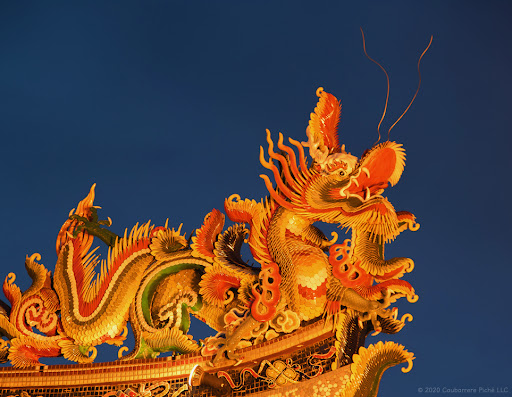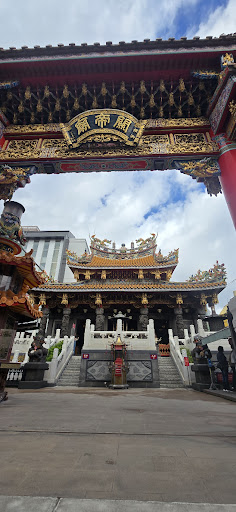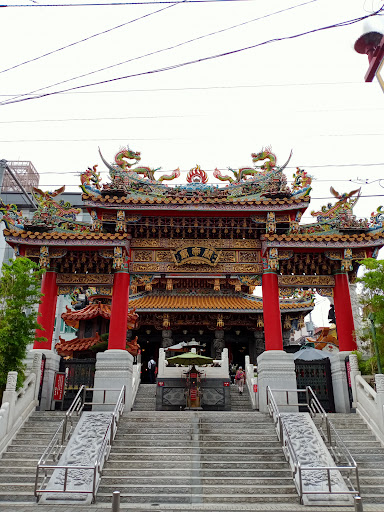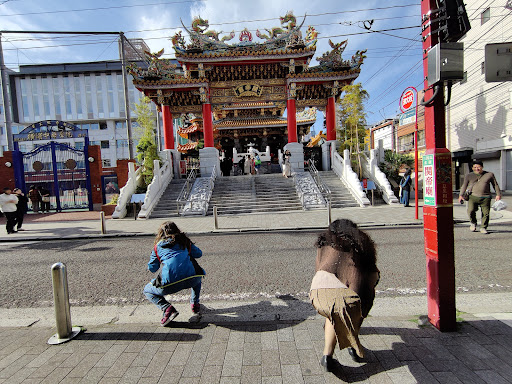Yokohama Kuan Ti Miao things to do, attractions, restaurants, events info and trip planning
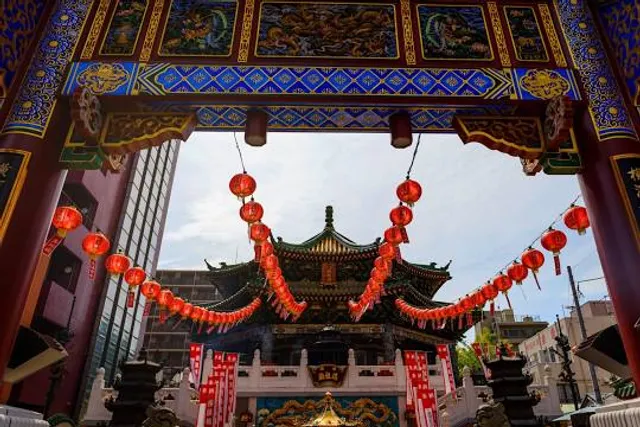
Basic Info
Yokohama Kuan Ti Miao
140 Yamashitacho, Naka Ward, Yokohama, Kanagawa 231-0023, Japan
4.2(737)
Open 24 hours
Save
spot
spot
Ratings & Description
Info
Cultural
Family friendly
Accessibility
attractions: Yokohama Chinatown, Baby-Star Land, Zenrinmon Gate (Goodwill Gate), Yokohama Mazu Miao, Yokohama Daisekai, Yamashitacho Park, Yokohama Fortune Aquarium, Yokohama Motomachi Shopping Street, Kanagawa Arts Theatre, Yokohama Park, restaurants: Kocho, Ronshin Hanten, Kyoukarou, Tokki, Shimon Syurō, ToKi, Hoshou, Shichifuku, Syoufukurou, Junkaikaku Honkan
 Learn more insights from Wanderboat AI.
Learn more insights from Wanderboat AI.Phone
+81 45-226-2636
Website
yokohama-kanteibyo.com
Plan your stay

Pet-friendly Hotels in Yokohama
Find a cozy hotel nearby and make it a full experience.

Affordable Hotels in Yokohama
Find a cozy hotel nearby and make it a full experience.

The Coolest Hotels You Haven't Heard Of (Yet)
Find a cozy hotel nearby and make it a full experience.

Trending Stays Worth the Hype in Yokohama
Find a cozy hotel nearby and make it a full experience.
Reviews
Nearby attractions of Yokohama Kuan Ti Miao
Yokohama Chinatown
Baby-Star Land
Zenrinmon Gate (Goodwill Gate)
Yokohama Mazu Miao
Yokohama Daisekai
Yamashitacho Park
Yokohama Fortune Aquarium
Yokohama Motomachi Shopping Street
Kanagawa Arts Theatre
Yokohama Park
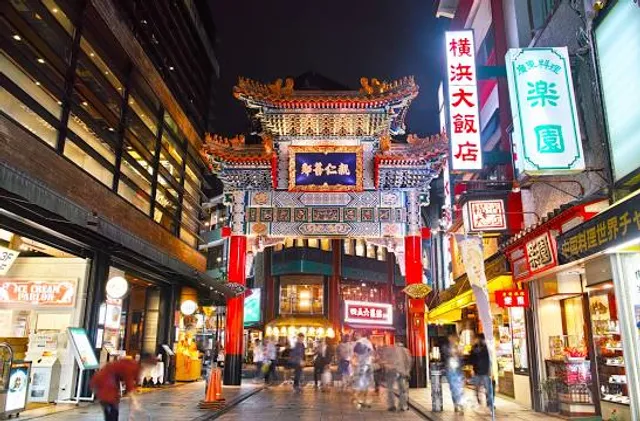
Yokohama Chinatown
4.1
(16.5K)
Open 24 hours
Click for details
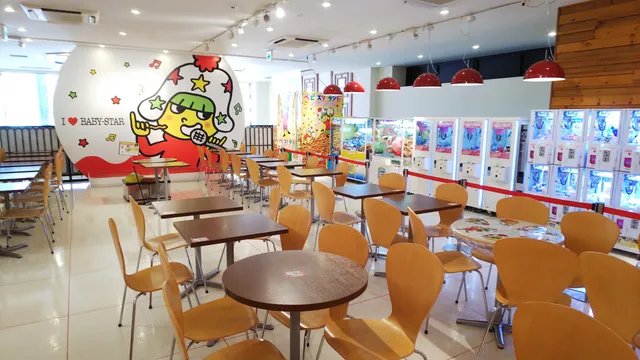
Baby-Star Land
3.6
(241)
Open 24 hours
Click for details

Zenrinmon Gate (Goodwill Gate)
4.1
(200)
Open 24 hours
Click for details
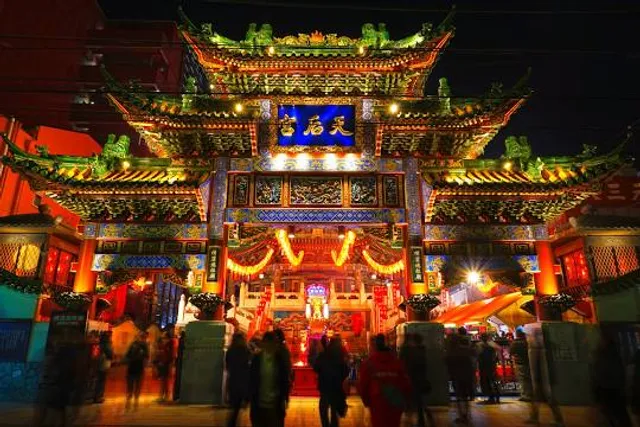
Yokohama Mazu Miao
4.2
(504)
Open 24 hours
Click for details
Things to do nearby
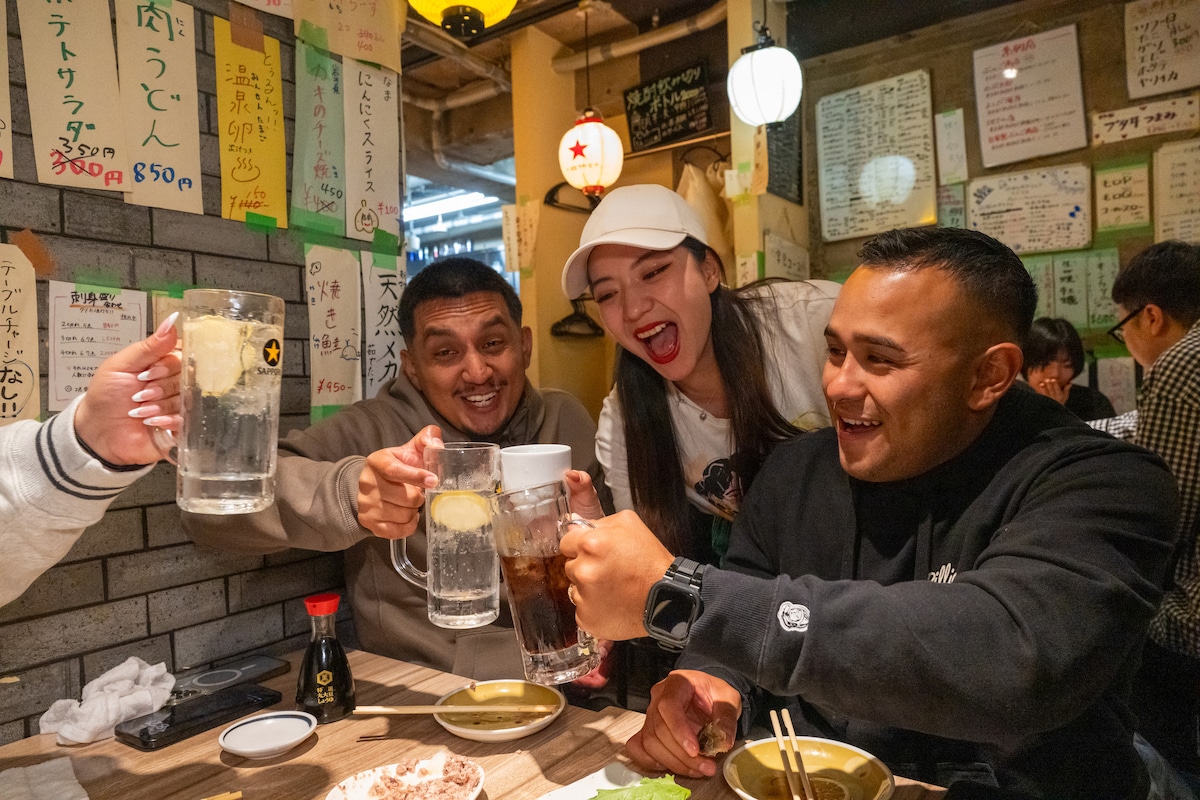
Unlimited Local Night《ALL-Y-Can-DRINK》Shinjuku Gem
Sun, Dec 28 • 7:00 PM
160-0022, Tokyo Prefecture, Shinjuku City, Japan
View details

Tokyo: Shinjuku Local Bar and Izakaya Crawl
Sat, Dec 27 • 7:00 PM
160-0023, Tokyo Prefecture, Shinjuku City, Japan
View details
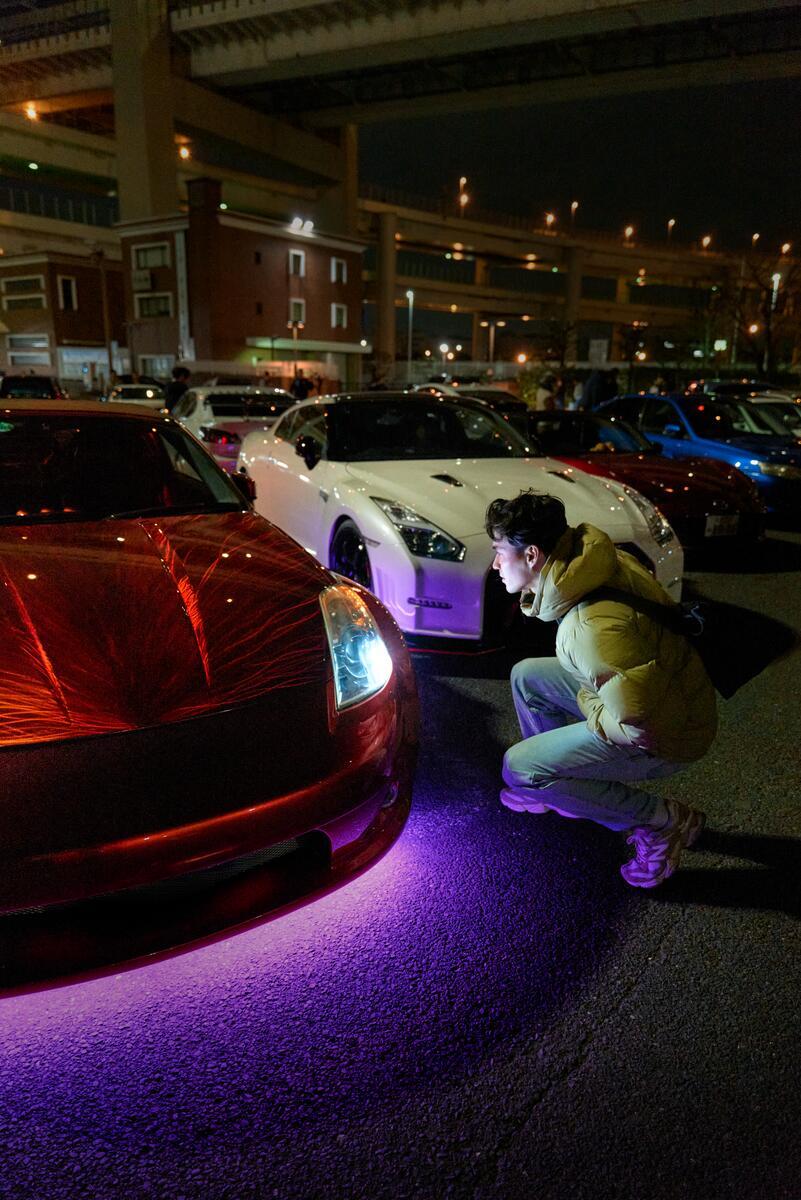
Explore Tokyo’s Car Scene in a Nissan Skyline
Fri, Dec 26 • 9:15 PM
150-0002, Tokyo Prefecture, Shibuya, Japan
View details
Nearby restaurants of Yokohama Kuan Ti Miao
Kocho
Ronshin Hanten
Kyoukarou
Tokki
Shimon Syurō
ToKi
Hoshou
Shichifuku
Syoufukurou
Junkaikaku Honkan
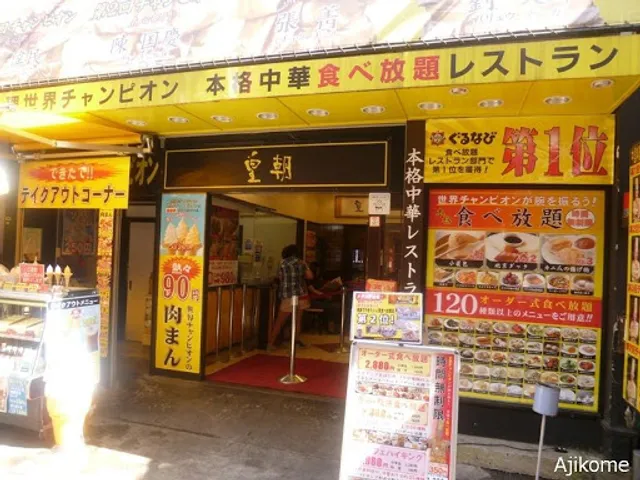
Kocho
4.4
(1.8K)
Click for details

Ronshin Hanten
4.4
(1.9K)
Click for details
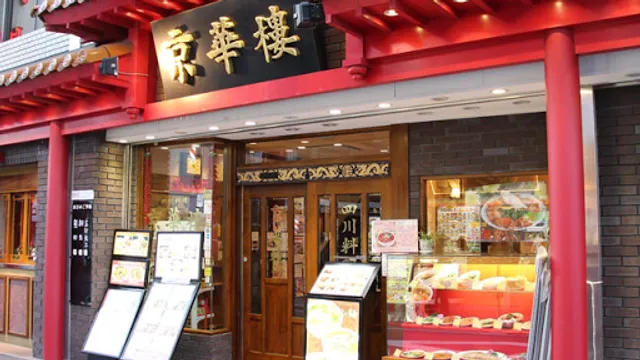
Kyoukarou
4.1
(550)
Click for details
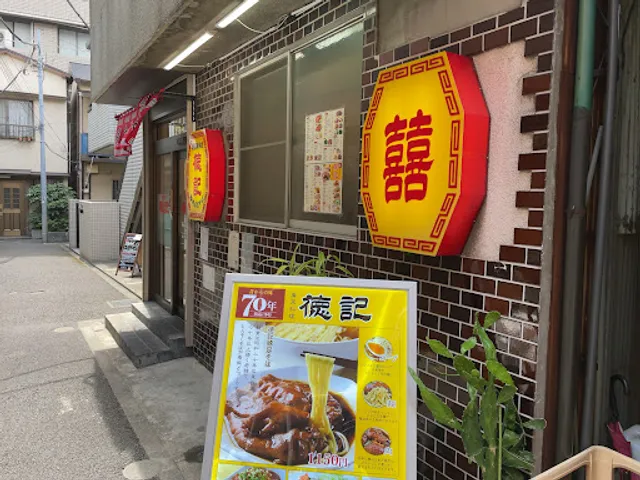
Tokki
4.1
(415)
Click for details


